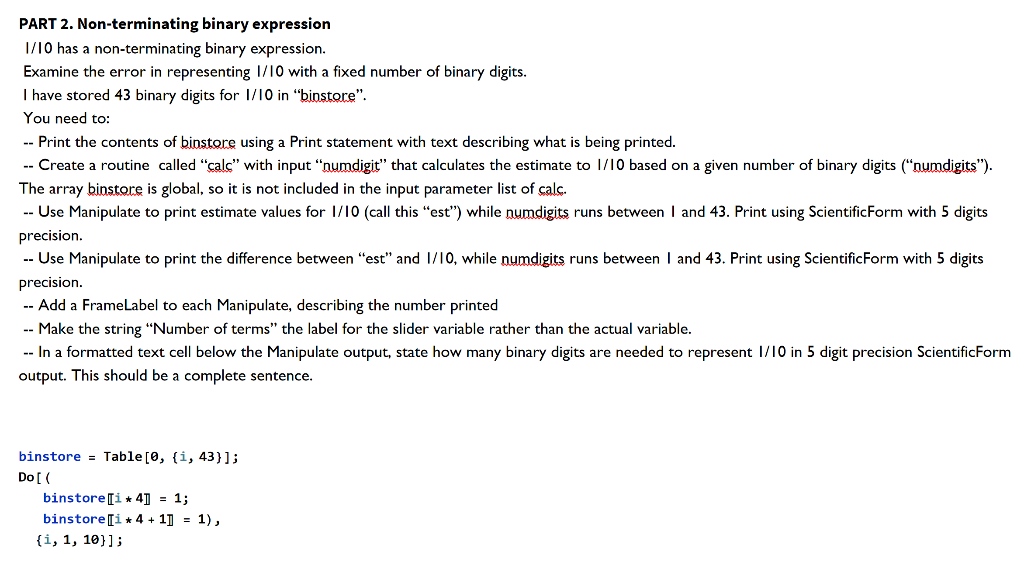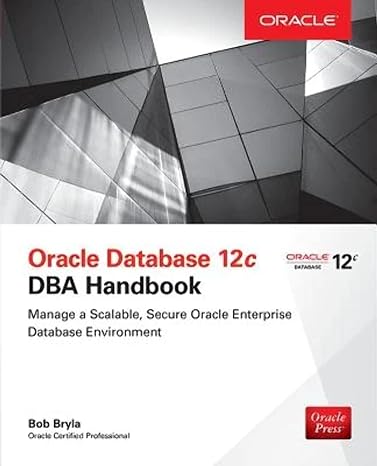Answered step by step
Verified Expert Solution
Question
1 Approved Answer
How to do In Mathmatica. Please Explain. PART 2. Non-terminating binary expression 1/10 has a non-terminating binary expression. Examine the error in representing I/I0 with
How to do In Mathmatica. Please Explain.

Step by Step Solution
There are 3 Steps involved in it
Step: 1

Get Instant Access to Expert-Tailored Solutions
See step-by-step solutions with expert insights and AI powered tools for academic success
Step: 2

Step: 3

Ace Your Homework with AI
Get the answers you need in no time with our AI-driven, step-by-step assistance
Get Started


